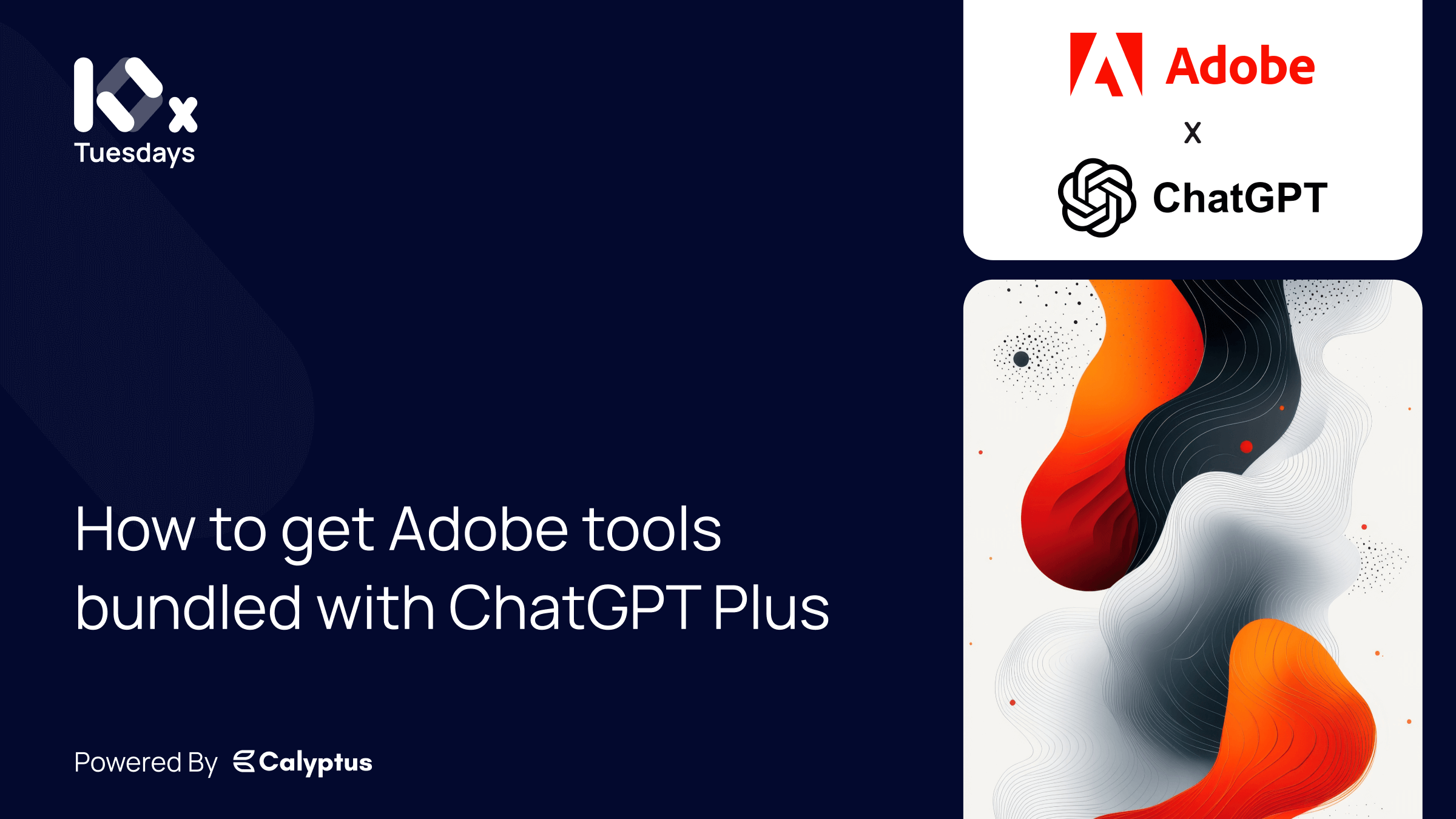Web3 Leader Spotlight: Zeph Grunschlag
This week, we had the pleasure of interviewing Zeph Grunschlag, a Software Engineer and Data Scientist with a wealth of experience. Zeph's journey includes serving as the Senior Software Engineer at Algorand Technologies, the innovative minds behind Algorand, a cutting-edge Layer-1 blockchain.
During his time at Algorand, Zeph played a pivotal role in several key projects, including the implementation of a source mapper for Algorand's widely used smart contract programming language.
Follow Zeph on X @tzaffi.

Can you share your journey into Web3 and how you joined Algorand?
During the lockdowns of 2020 I found myself diving deep into the crypto rabbit hole. In addition to some personal investments, I did a lot of reading and listening to podcasts. On one of the podcasts I learned about Algorand and the involvement of Silvio Micali whose seminal work in Zero Knowledge Proofs I was familiar with. I read the Algorand White Paper and was impressed by the rigour in which the protocol was created and its ability to obtain instantaneous finality.
I was determined to keep track of any job openings at Algorand Inc. and see if any of the roles that fit my experience might pop up. After a few months of looking, the Senior Engineer role came up. As a career move, taking on this software engineer individual contributor position was a left turn from the data-science managerial track that I had been on. However, the quality of the people at Algorand and my excitement about Algorand made it an easy decision.
What differentiates Algorand as a leading layer-1 blockchain?
Algorand has top-notch technology. In addition to the instant finality which I mentioned above, it can handle throughput of 10,000 transactions per second and this number isn’t inflated by non-user generated transactions as they are on some other blockchains. It offers dynamic round times and typically each round gets propagated in under 3 seconds.
Atomicity is built into smart contracts via group transactions. Fungible and non-fungible tokens are also part of the protocol via ASA’s (Algorand Standard Assets). Most dApp authors write their Algorand smart contracts via supported python libraries (PyTeal and the newer puya) which present lower barriers of entry in comparison with Solidity and most other smart contract languages.
You had worked in Web2 for most of your career to date until joining Algorand. How did you find the transition into Web3?
Previously in Web2, I was comfortable in standing up API’s, working with databases, and authoring well tested maintainable code. All these skills were directly transferable to work that I did at Algorand such as:
- Improving the API’s for Algorand’s node and its indexer
- Making blockchain data easily queryable in the Postgres database that was backing the indexer
- Ensuring that the compiler responsible for creating dApps on which millions of dollars depend on is well tested and maintainable
Certainly, I needed to learn and integrate many ideas that I had no expertise in such as the blockchain’s consensus mechanism and how dApps are compiled and then executed on the blockchain. Additionally, I needed to improve my golang -in which most of Algorand’s codebase is written in, and my python -for PyTeal (mentioned above). But learning on the job is necessary for almost any new software position worth considering, and something I very much enjoy doing.
What advice do you have for budding Software Engineers who are also interested in making the transition to Web3?
Stay up to date on developments in Web3 via social media (X, Farcaster, and Discord, etc.), and podcasts (Bankless, Epicenter, Unchained, and Zero Knowledge for example). Dive into the projects that intrigue you by checking out their website, job openings, docs, and skimming through any open source code that they make available. You should be able to tell pretty quickly whether the skills you have align with the work they are doing.
If you are already comfortable in a language that they are using, one way to distinguish yourself is by opening pull requests. Typically, you can interact directly with the project’s developers via Discord and GitHub and gain confidence that the work you end up doing will be well received. Nevertheless, I don’t want to make it seem like you must contribute to a project before you apply for a job. I didn’t do that for either of the Web3 roles which I’ve joined, but definitely it’s a great thing to do if you have the bandwidth.




